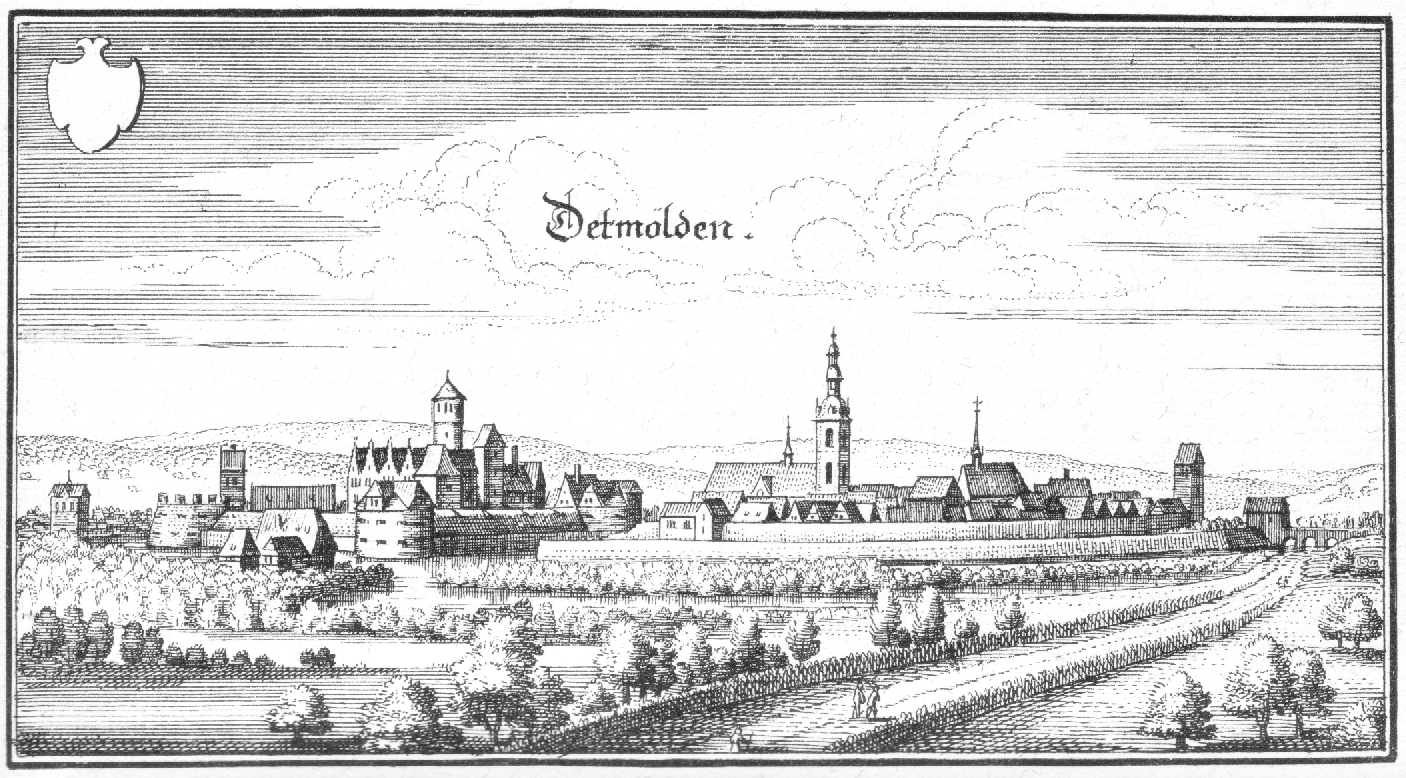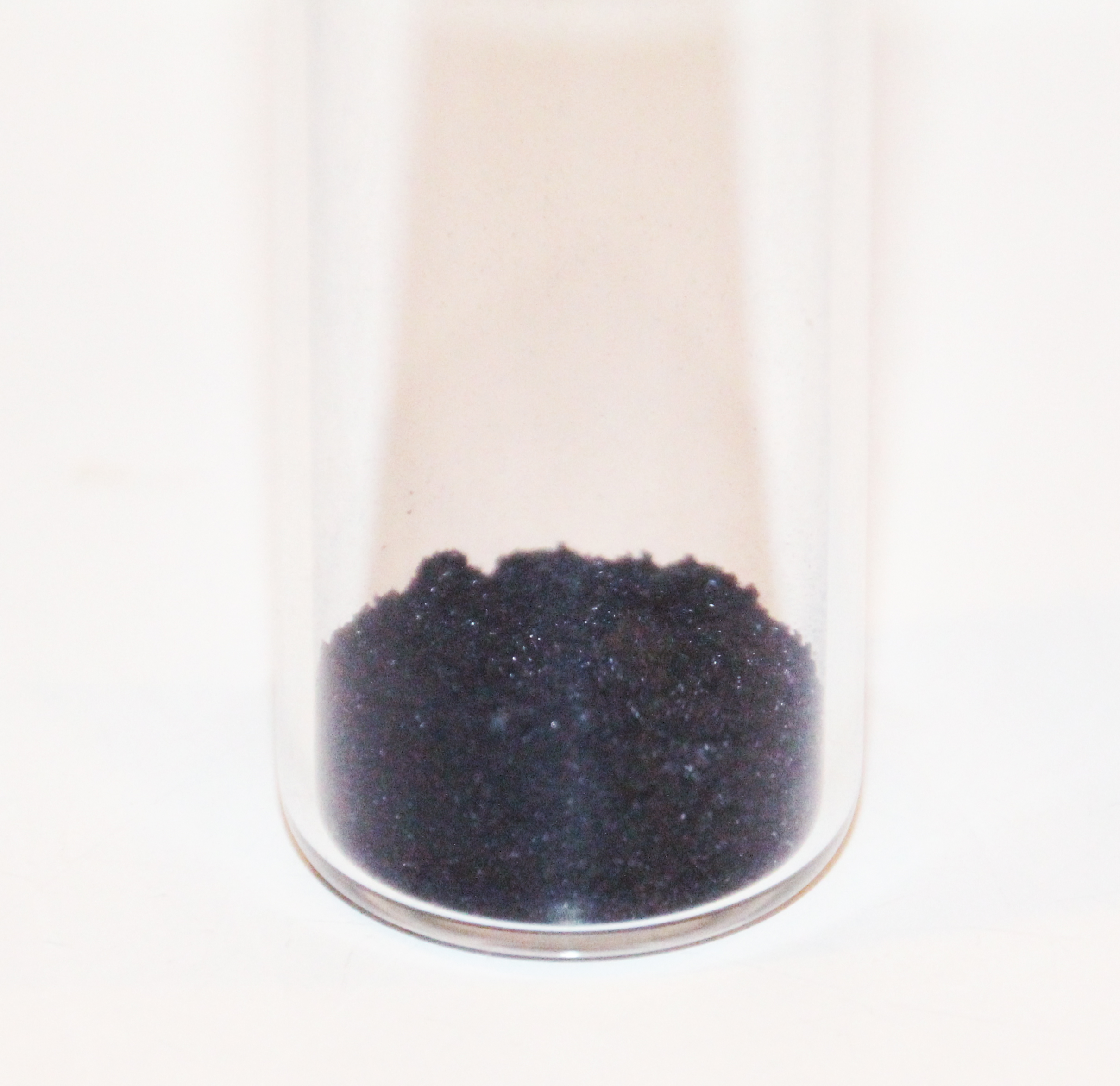|
Achim Müller
Achim Müller (born 14 February 1938 in Detmold) is a German chemist. He is Professor Emeritus at the Faculty of Chemistry, University of Bielefeld. His research involves mainly the chemistry of transition metals, especially with relation to nanochemistry. Müller’s work on a new type of isopolyoxovanadates has provided some of the most instructive examples of host-guest inorganic chemistry, leading to the recognition that a polyoxometalate is a supramolecular species involving a negatively charged host cage and a negatively charged encapsulated guest, and hence opening a new era in polyoxometalate chemistry. The template self-organization of an ”electronically inverse host” around a negatively charged guest might seem somewhat puzzling: According to theoretical studies, this follows from the fact that electrostatic repulsion is overcome by maximizing the molecular electrostatic potential at the guest His current research relates mainly to the synthesis of spherical porous ... [...More Info...] [...Related Items...] OR: [Wikipedia] [Google] [Baidu] |
Detmold
Detmold () is a city in North Rhine-Westphalia, Germany, with a population of . It was the capital of the small Principality of Lippe from 1468 until 1918 and then of the Free State of Lippe until 1947. Today it is the administrative center of the district of Lippe and of the Regierungsbezirk Detmold. The Church of Lippe has its central administration located in Detmold. The Reformed Redeemer Church is the preaching venue of the state superintendent of the Lippe church. History Iron Age About to the southwest of Detmold is the hill with a prehistoric circular rampart and the Hermann monument (german: Hermannsdenkmal). The monument commemorates the so-called Battle of the Teutoburg Forest, a battle in 9 AD which may or may not have been fought close to the present location of Detmold. In this encounter, Germanic tribes led by Hermann ( la, Arminius) defeated Roman legions under the command of Publius Quinctilius Varus. Middle Ages Detmold was first mentioned as ''Theotmalli ... [...More Info...] [...Related Items...] OR: [Wikipedia] [Google] [Baidu] |
Molecule
A molecule is a group of two or more atoms held together by attractive forces known as chemical bonds; depending on context, the term may or may not include ions which satisfy this criterion. In quantum physics, organic chemistry, and biochemistry, the distinction from ions is dropped and ''molecule'' is often used when referring to polyatomic ions. A molecule may be homonuclear, that is, it consists of atoms of one chemical element, e.g. two atoms in the oxygen molecule (O2); or it may be heteronuclear, a chemical compound composed of more than one element, e.g. water (molecule), water (two hydrogen atoms and one oxygen atom; H2O). In the kinetic theory of gases, the term ''molecule'' is often used for any gaseous particle regardless of its composition. This relaxes the requirement that a molecule contains two or more atoms, since the noble gases are individual atoms. Atoms and complexes connected by non-covalent interactions, such as hydrogen bonds or ionic bonds, are typic ... [...More Info...] [...Related Items...] OR: [Wikipedia] [Google] [Baidu] |
1938 Births
Events January * January 1 ** The new constitution of Estonia enters into force, which many consider to be the ending of the Era of Silence and the authoritarian regime. ** State-owned railway networks are created by merger, in France (SNCF) and the Netherlands (Nederlandse Spoorwegen – NS). * January 20 – King Farouk of Egypt marries Safinaz Zulficar, who becomes Queen Farida, in Cairo. * January 27 – The Honeymoon Bridge at Niagara Falls, New York, collapses as a result of an ice jam. February * February 4 ** Adolf Hitler abolishes the War Ministry and creates the Oberkommando der Wehrmacht (High Command of the Armed Forces), giving him direct control of the German military. In addition, he dismisses political and military leaders considered unsympathetic to his philosophy or policies. General Werner von Fritsch is forced to resign as Commander of Chief of the German Army following accusations of homosexuality, and replaced by General Walther von ... [...More Info...] [...Related Items...] OR: [Wikipedia] [Google] [Baidu] |
Living People
Related categories * :Year of birth missing (living people) / :Year of birth unknown * :Date of birth missing (living people) / :Date of birth unknown * :Place of birth missing (living people) / :Place of birth unknown * :Year of death missing / :Year of death unknown * :Date of death missing / :Date of death unknown * :Place of death missing / :Place of death unknown * :Missing middle or first names See also * :Dead people * :Template:L, which generates this category or death years, and birth year and sort keys. : {{DEFAULTSORT:Living people 21st-century people People by status ... [...More Info...] [...Related Items...] OR: [Wikipedia] [Google] [Baidu] |
Adaptability
Adaptability ( la, adaptō "fit to, adjust") is a feature of a system or of a process. This word has been put to use as a specialised term in different disciplines and in business operations. Word definitions of adaptability as a specialised term differ little from dictionary definitions. According to Andresen and Gronau adaptability in the field of organizational management can in general be seen as an ability to change something or oneself to fit to occurring changes. In ecology, adaptability has been described as the ability to cope with unexpected disturbances in the environment. With respect to business and manufacturing systems and processes, adaptability has come to be seen increasingly as an important factor for their efficiency and economic success. In contrast, adaptability and efficiency are held to be in opposition to each other in biological and ecological systems, requiring a trade-off, since both are important factors in the success of such systems. To determine the ... [...More Info...] [...Related Items...] OR: [Wikipedia] [Google] [Baidu] |
Supramolecular Chemistry
Supramolecular chemistry refers to the branch of chemistry concerning chemical systems composed of a discrete number of molecules. The strength of the forces responsible for spatial organization of the system range from weak intermolecular forces, electrostatic charge, or hydrogen bonding to strong covalent bonding, provided that the electronic coupling strength remains small relative to the energy parameters of the component. While traditional chemistry concentrates on the covalent bond, supramolecular chemistry examines the weaker and reversible non-covalent interactions between molecules. These forces include hydrogen bonding, metal coordination, hydrophobic forces, van der Waals forces, pi–pi interactions and electrostatic effects. Important concepts advanced by supramolecular chemistry include molecular self-assembly, molecular folding, molecular recognition, host–guest chemistry, mechanically-interlocked molecular architectures, and dynamic covalent chemistry. The s ... [...More Info...] [...Related Items...] OR: [Wikipedia] [Google] [Baidu] |
Nanocapsule
A nanocapsule is a nanoscale shell made from a nontoxic polymer. They are vesicular systems made of a polymeric membrane which encapsulates an inner liquid core at the nanoscale. Nanocapsules have many uses, including promising medical applications for drug delivery, food enhancement, nutraceuticals, and for self-healing materials. The benefits of encapsulation methods are for protection of these substances to protect in the adverse environment, for controlled release, and for precision targeting. Nanocapsules can potentially be used as MRI-guided nanorobots or ''nanobots'', although challenges remain. Structure The typical size of the nanocapsule used for various applications ranges from 10-1000 nm. However, depending on the preparation and use of the nanocapsule, the size will be more specific. Nanocapsule structure consists of nanovesicular system that is formed in a core-shell arrangement. The shell of a typical nanocapsule is made of a polymeric membrane or coating. ... [...More Info...] [...Related Items...] OR: [Wikipedia] [Google] [Baidu] |
Bibliography
Bibliography (from and ), as a discipline, is traditionally the academic study of books as physical, cultural objects; in this sense, it is also known as bibliology (from ). English author and bibliographer John Carter describes ''bibliography'' as a word having two senses: one, a list of books for further study or of works consulted by an author (or enumerative bibliography); the other one, applicable for collectors, is "the study of books as physical objects" and "the systematic description of books as objects" (or descriptive bibliography). Etymology The word was used by Greek writers in the first three centuries CE to mean the copying of books by hand. In the 12th century, the word started being used for "the intellectual activity of composing books." The 17th century then saw the emergence of the modern meaning, that of description of books. Currently, the field of bibliography has expanded to include studies that consider the book as a material object. Bibliography, in ... [...More Info...] [...Related Items...] OR: [Wikipedia] [Google] [Baidu] |
Michel Che
Michel Che (29 December 1941 – 7 August 2019) was a French chemist who completed his doctorate (Electron paramagnetic resonance, EPR study of titanium dioxide) in 1968 at the University of Lyon and studied as a postdoctoral fellow at Princeton University (1969–71). He was appointed professor at University of Paris VI: Pierre et Marie Curie in 1975 and Senior Member of the Institut Universitaire de France in 1995. Che was born in Lyon, France. His work has led to around 400 publications in international journals. He has been very active in the promotion and organisation of catalysis, being the President-Founder oEFCATS(European Federation of Catalysis Societies) with creation in 1993 of the cycle of the now famous biennial "EuropaCat" congresses, and President of IACS (International Association of Catalysis Societies) in 2000–04, culminating with the organisation and opening of the ''13th International Congress on Catalysis'' in Paris in 2004. His research activity has been la ... [...More Info...] [...Related Items...] OR: [Wikipedia] [Google] [Baidu] |
Molybdenum Blue
Molybdenum blue is a term applied to: *reduced heteropolymolybdate complexes, polyoxometalates containing Mo(V), Mo(VI), and a hetero atom such as phosphorus or silicon *reduced isopolymolybdate complexes, polyoxometalates containing Mo(V), Mo(VI) formed when solutions of Mo(VI) are reduced *a blue pigment containing molybdenum(VI) oxide The "heteropoly-molybdenum blues", are used extensively in analytical chemistry and as catalysts. The formation of "isopoly-molybdenum blues" which are intense blue has been used as a sensitive test for reducing reagents. They have recently been shown to contain very large anionic species based on the so-called "big wheel" containing 154 Mo atoms, with a formula o154O462H14(H2O)70sup>14−.''From Scheele and Berzelius to MÜller: polyoxometalates (POMs) revisited and the "missing link" between the bottom up and top down approaches'' P. Gouzerh, M. Che; ''L'Actualité Chimique'', 2006, 298, 9 The molybdenum blue pigment is historically documented ... [...More Info...] [...Related Items...] OR: [Wikipedia] [Google] [Baidu] |
Molybdenum Blue
Molybdenum blue is a term applied to: *reduced heteropolymolybdate complexes, polyoxometalates containing Mo(V), Mo(VI), and a hetero atom such as phosphorus or silicon *reduced isopolymolybdate complexes, polyoxometalates containing Mo(V), Mo(VI) formed when solutions of Mo(VI) are reduced *a blue pigment containing molybdenum(VI) oxide The "heteropoly-molybdenum blues", are used extensively in analytical chemistry and as catalysts. The formation of "isopoly-molybdenum blues" which are intense blue has been used as a sensitive test for reducing reagents. They have recently been shown to contain very large anionic species based on the so-called "big wheel" containing 154 Mo atoms, with a formula o154O462H14(H2O)70sup>14−.''From Scheele and Berzelius to MÜller: polyoxometalates (POMs) revisited and the "missing link" between the bottom up and top down approaches'' P. Gouzerh, M. Che; ''L'Actualité Chimique'', 2006, 298, 9 The molybdenum blue pigment is historically documented ... [...More Info...] [...Related Items...] OR: [Wikipedia] [Google] [Baidu] |




